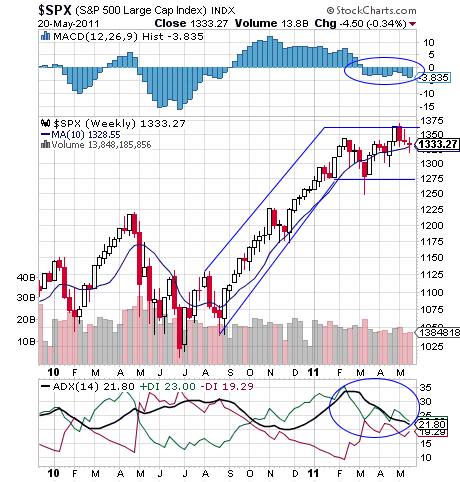Profit in Falling Markets (ShortSelling Basics)
Post on: 5 Июль, 2015 No Comment

New traders entering markets are often comfortable with the concept of buying when opening a trade. After all, from the time many of us are infants, we are told to buy low and sell high.
Its easy to imagine how we might be able to profit from this endeavor. If we are able to sell something at a price higher than we had purchased it, we get to keep the difference.
But financial markets are populated with opportunists that dont want to wait around for a low price to find potential profits; and with traders willing to buy and sell at many intervals, there is no reason to relegate opportunities to ONLY buying.
This is where Short-Selling comes in to play.
The term Short-Selling, often confuses many new traders. After all, how can we sell something if we dont own it?
This is a relationship that began in stock markets before Forex was even thought of. Traders that wanted to speculate on the price of a stock going down created a fascinating mechanism by which they could do so.
Traders wanting to speculate on price moving down may not own the stock they want to bet against; but likely, somebody else does. Brokers began to see this potential opportunity; in matching up their clients the held this stock with other clients that wanted to sell it without owning it. The traders holding the stock long can be doing so for any number of reasons. Perhaps they have a really low purchasing price and do not want to enact a capital gains tax. Or perhaps the investor holding long believes the exact opposite of the trader wanting to sell short?
Whatever the reason, an opportunity exists for the broker to play as a middle-man, in the transaction, and make a fee for doing so.
The broker would go to the customer who had bought, and was holding a long position to borrow, the shares.
You may have heard the term re-hypothecation, and thats where this comes into play. Traders that have went on margin to buy the stock have often already signed a hypothecation agreement, that allows their broker to use the shares purchased as collateral of the sale. With re-hypothecation, those same brokers can use this collateral for their own purposes; such as letting other customers borrow the shares to sell (without really owning).
The customer wishing to sell short could then borrow the shares from the broker, with the promise to buy back to cover, at a later date and time. The hope of the trader is that they will be able to buy back at a lower price, repay the loan with the exact number of shares that were borrowed, and pocket the difference in prices.
If the trader is able to buy back the shares at a lower price, the difference between the price at which the trader had initially sold the borrowed shares, and the new lower price the trader was able to purchase the shares to cover the trade becomes the traders profit.
Short Selling in the Forex Market
In the FX Market, transactions are handled differently than stocks.
First of all, each currency quote is provided as a two-sided transaction.
This means that if you are selling the EUR/USD currency pair, you are not only selling Euros; but you are buying dollars.
If you buy the GBP/JPY currency pair you are buying British Pounds and selling Japanese Yen.
If you sell the AUD/NZD currency pair you are selling Australian dollars and buying New Zealand dollars.
Because of this, no borrowing, needs to take place to enable the short sale. As a matter of fact, quotes are provided in a very easy-to-read format that makes short-selling more simplistic.
The box below shows the EUR/USD currency quote from the Trading Station platform.
Want to sell the EUR/USD?
Easy. Just click on the side of the quote that says Sell.
After you have sold, to close the position, you would want to Buy, the same amount (hopefully at a lower price allowing for profit on the trade).
You could also choose to close a partial portion of your trade. Lets walk through an example together.
Lets assume that we initiated a short position for 100k, and sold EUR/USD when price was at 1.29.
From the above quote, we can see that price has moved quite a bit lower. The trader, at this point, has the opportunity to realize a profit on the trade. But lets assume for a moment that our trader expected further declines and did not want to close the entire position.
Rather, they wanted to close half of the position in an attempt to bank profits, while still retaining the ability to profit further on the remainder of the position.
The trader that is short 100k EUR/USD can then click on the Buy, side of the currency quote to begin the trade closing process. On the corresponding box that populates, the trader can then choose the size, of their trade.
After clicking on Ok, our trader has bought 50k EUR/USD offsetting half of the 100k short position that was previously held.
Our trader, at that point, would have realized the price difference on half of the trade (50k) from their 1.29 entry price to the lower price they were able to close on.
The remainder of the trade would continue in the market until the trader decided to buy another 50k in EUR/USD to offset, the rest of the position.
— Written by James B. Stanley
To contact James Stanley, please email Instructor@DailyFX.Com. You can follow James on Twitter @JStanleyFX.
To join James Stanleys distribution list, please click here .














